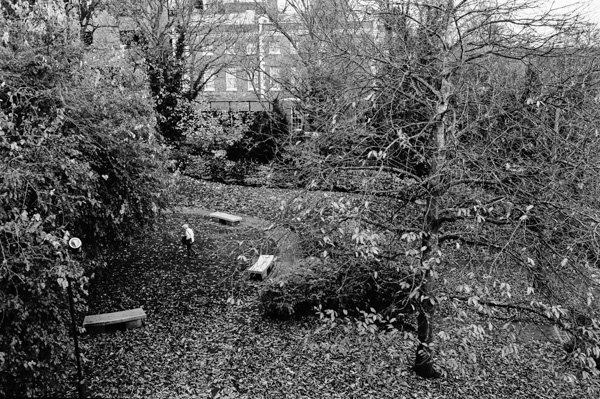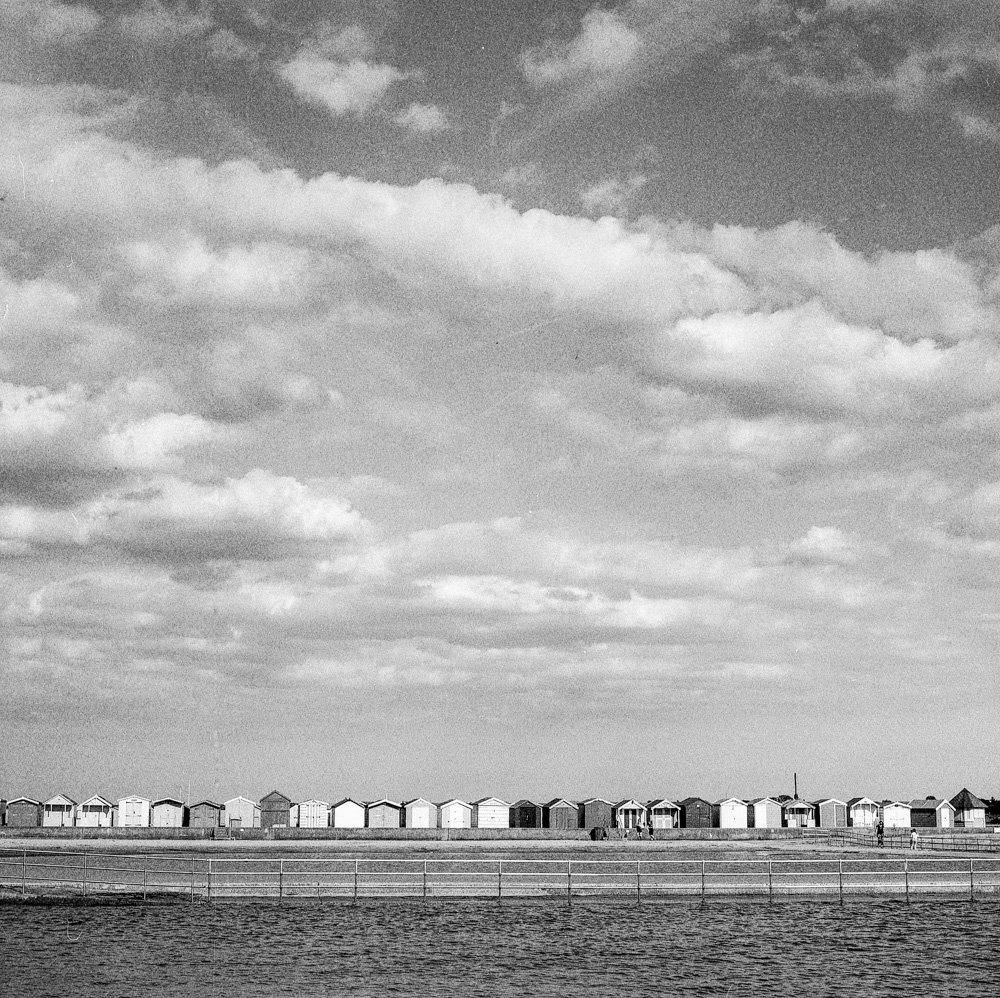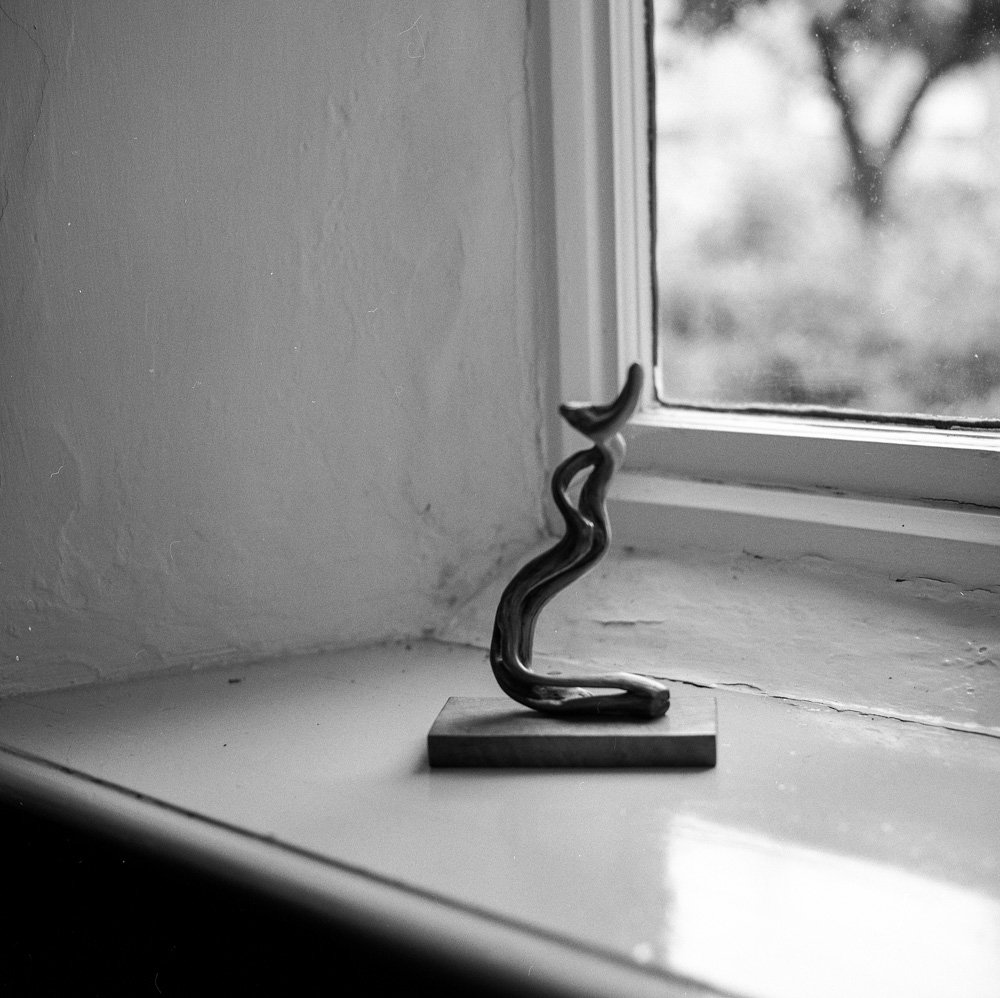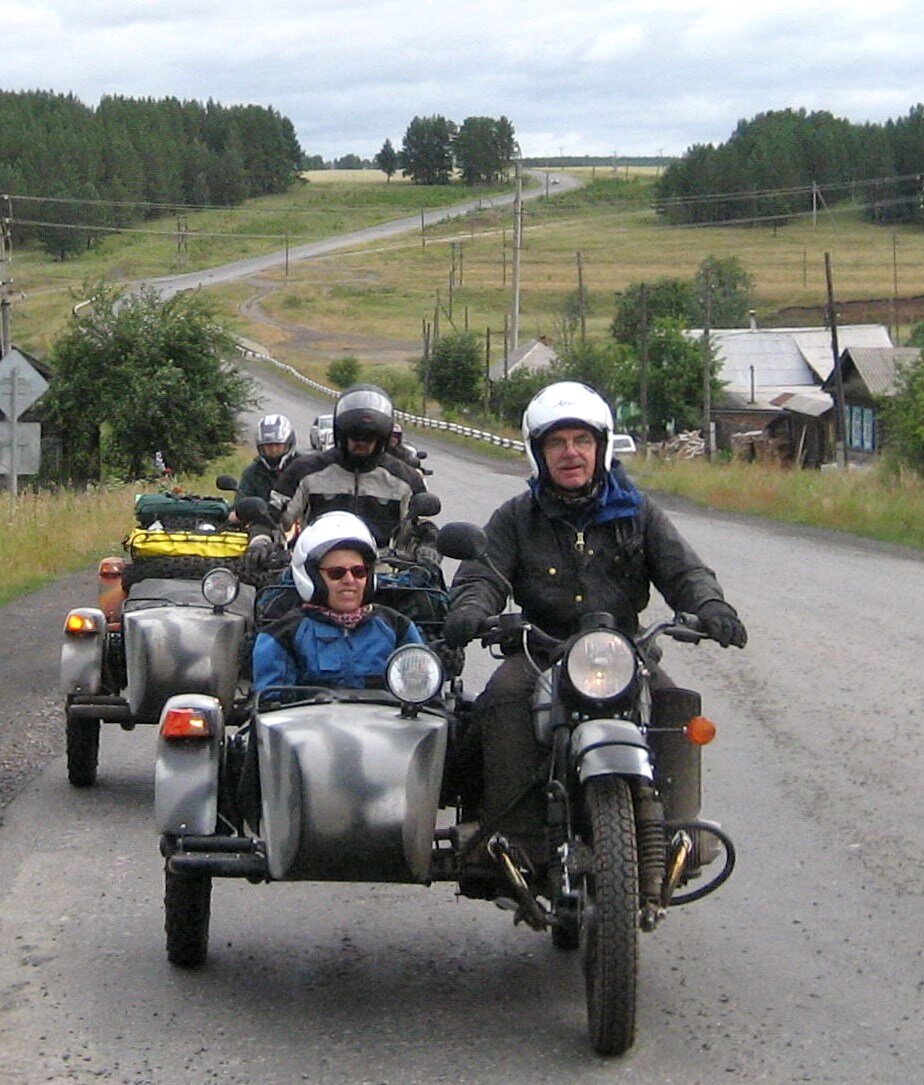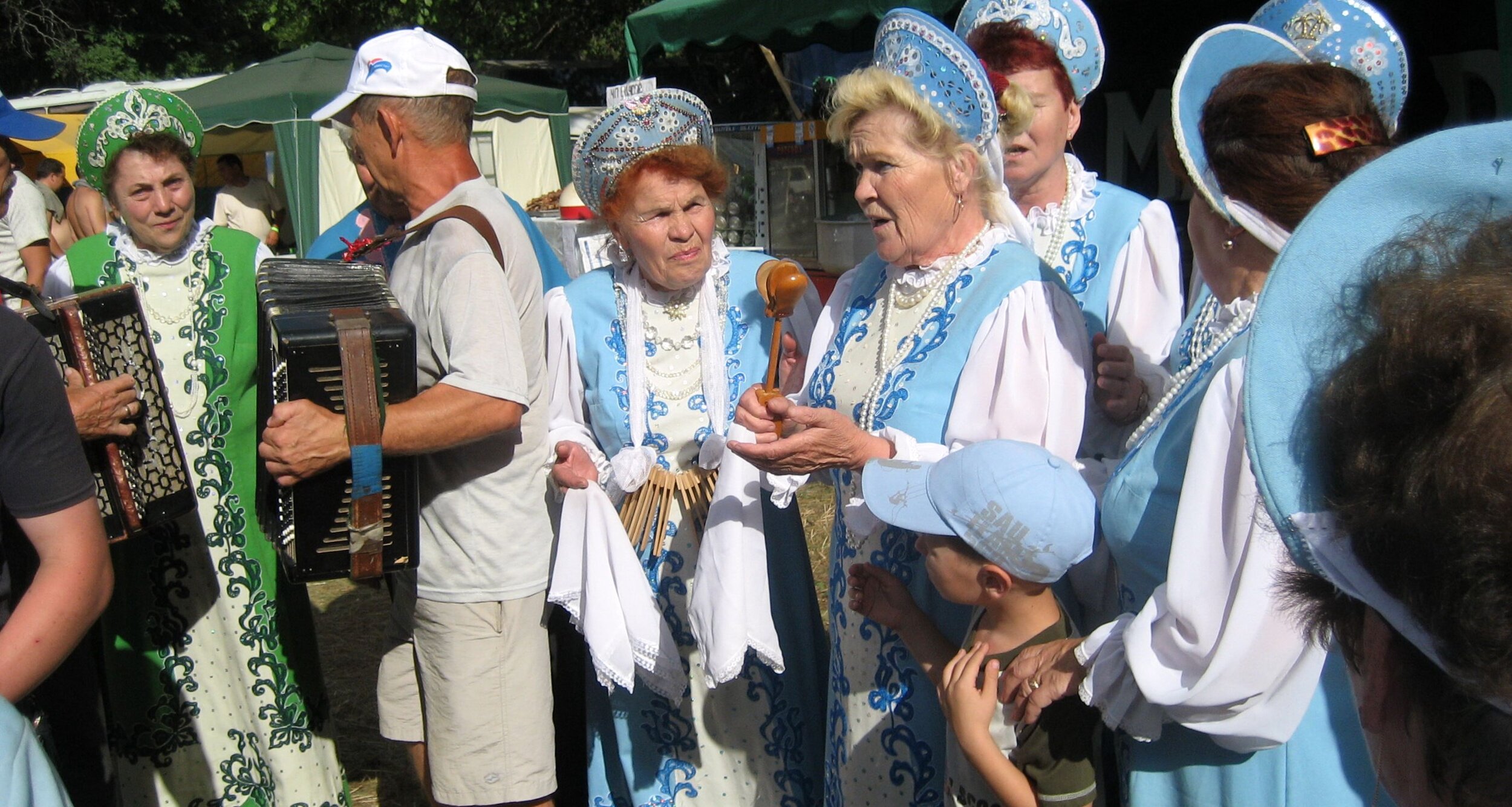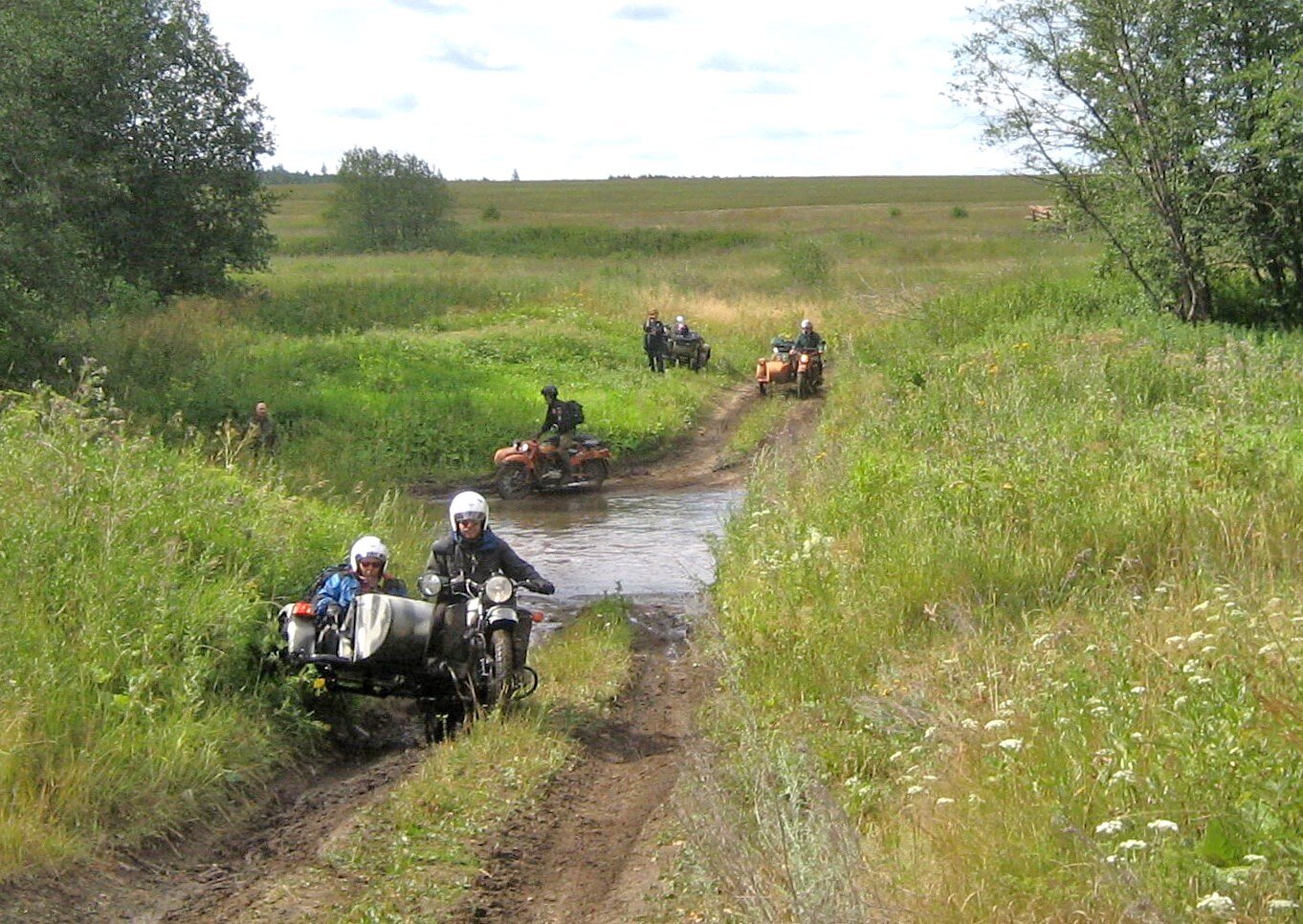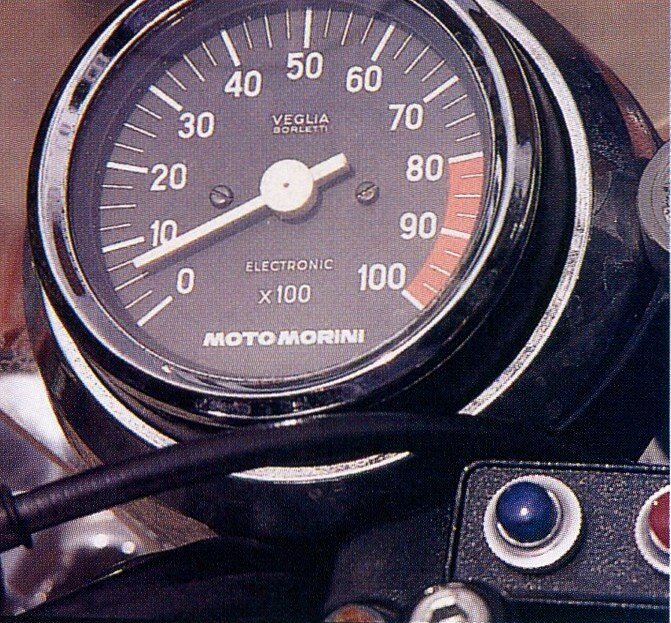The alignment of stars and fate need not necessarily make for the epic. Mostly it’s pretty humdrum. And so, quite by chance, I found myself recently with a few hours to spare in the city of Chester with both camera and notebook. Perfect.
It’s a wonderful thing simply to meander without any goal but it’s probably easier somewhere you don’t know at all: no expectations. I took to the city walls, slalomed round the tourists studying maps and facts and dates and events, and tried to focus on atmosphere. I forget all the facts except the most basic ones on my travels and so don’t bother much with them now.
A fine river frontage ruined by three flatroofed blocks of offices or flats over on the far bank of The Dee. A man either dancing or talking animatedly in a bandstand. An amphitheatre and other Roman ruins helpfully though unhistorically assembled all in one place. I look down from a city gate onto the street scene and behind me hear a tour guide launch into his spiel. He’s quite animated and I listen for a moment or two and then find when I turn round that he has a tour group of one – a slightly embarrassed looking young woman who obviously feels that she has to respond continually. Exhausting.
St. John’s church. Never been in it before. So much clutter at the back of churches these days. Coaches from Shropshire waiting outside and their tour groups idling slowly round the aisles. A queue for the church toilets and I hear a woman say to another: “Have you been to Lytham? Lytham’s nice. Is there only one toilet?”
“No. Two” says her friend “but the other one’s for the disabled.”
The church building itself is quite fine, the lower Norman arches topped by Early English ones on the clerestory. I think of the way that buildings are thrown up now – this church obviously took so long to build that it spans two clear architectural periods.
It’s mid-afternoon and getting dark. I manage a couple more shots from the walls and then cut up into town for a cuppa. The English teashop is such a great civilised tradition - the modern coffee house simply cannot compete - but it’s finding a decent one. My pot of tea is at least made of real leaves but the scone has been microwaved warm and falls apart in my hands. That’s six quid and thank you kindly, sir.
Darkness falls after a magnificent red and aquamarine sunset made all the more startling by the fact that the sun has not been out all day.
When I develop the photos there’s not a single decent one other maybe than this below. I’m trying to get to grips with a 35mm lens that I bought recently. It can be difficult but what I like is the way it will create a large context for a small detail – a bit like a Chinese landscape if that does not stretch things too far. I waited for several figures to pass across this scene until this old lady beetled through and I thought maybe that did the trick.
